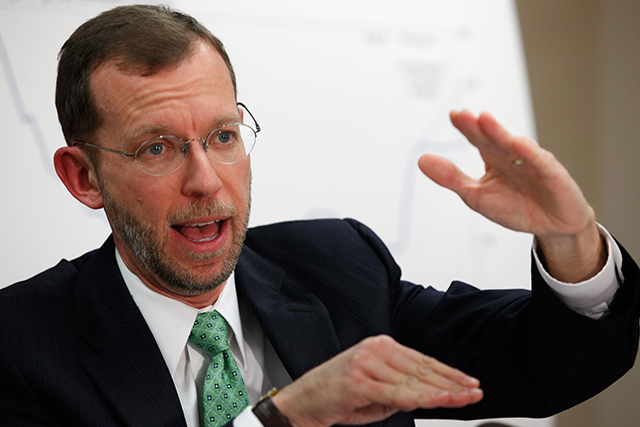There they go again. The Congressional Budget Office (CBO) just released yet another report on the beneficial impacts on the economy of President Obama’s 2009 stimulus. This latest one uses the same faulty methodology CBO used in prior reports.
The CBO report follows closely on the heels of a similarly flawed White House report marking the fifth anniversary of the spending binge.
It’s appropriate that these reports come in February, because the repeated use of their flawed methodology is feeling like the movie Groundhog Day. You can read about CBO’s previous deficient reports here, here, and here.
In its latest misguided effort, CBO found that in 2013 the stimulus raised gross domestic product by between 0.1 percent and 0.4 percent, lowered the unemployment rate by up to 0.3 percentage points, and increased jobs by between 100,000 and 500,000.
CBO didn’t measure actual economic factors to arrive at its figures. Instead, it used flawed models that assume that increases in government spending grow the economy because of the multiplier effect.
According to this theory, when the recipient of increased government spending spends that money, the person he buys goods or services from then spends that money elsewhere, and so on and so forth for many iterations. Hence, the impact of the original increase in government spending multiplies across the economy.
CBO told the models that the government spent a certain amount of money, and the models dutifully reported that spending boosted the economy.
CBO’s estimates are flawed because they fail to account for the negative impact of the government taking hundreds of billions of dollars out of the economy to spend. CBO doesn’t account for this negative multiplier effect.
The government has to tax or borrow the money it spends out of the economy first. In the case of the stimulus, it borrowed the money. It did so from the same credit markets that families and businesses borrow from. Since credit markets were fully functional when the stimulus went into effect, families would have borrowed the money for home mortgages, car loans, and student loans, for instance—or businesses would have invested in expansions or promising new ventures—had the government not borrowed it first.
So for every dollar the government injected into the economy triggering a positive multiplier effect, it deprived the private sector from triggering its own multiplier effect. The positive and negative multiplier effects cancel each other out in the best case scenario, leaving the economy no better off than it was before.
The economy continues to grow well below where it should at this point in the recovery from the recession. It is obvious that the stimulus failed to revive the economy, and there is no number of flawed estimates that can change that.

























